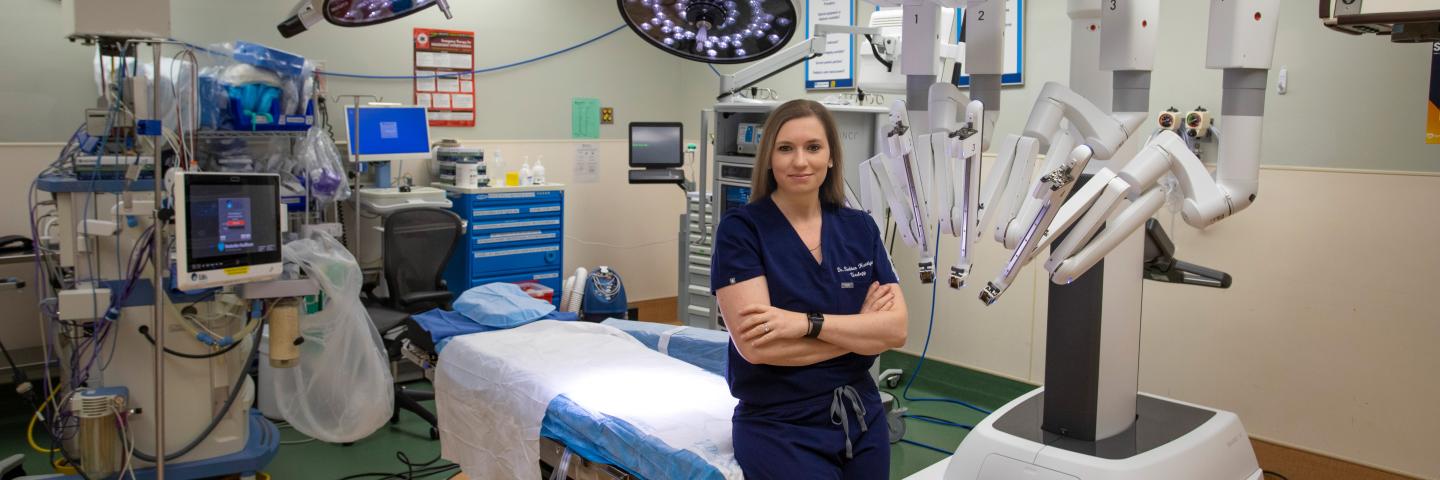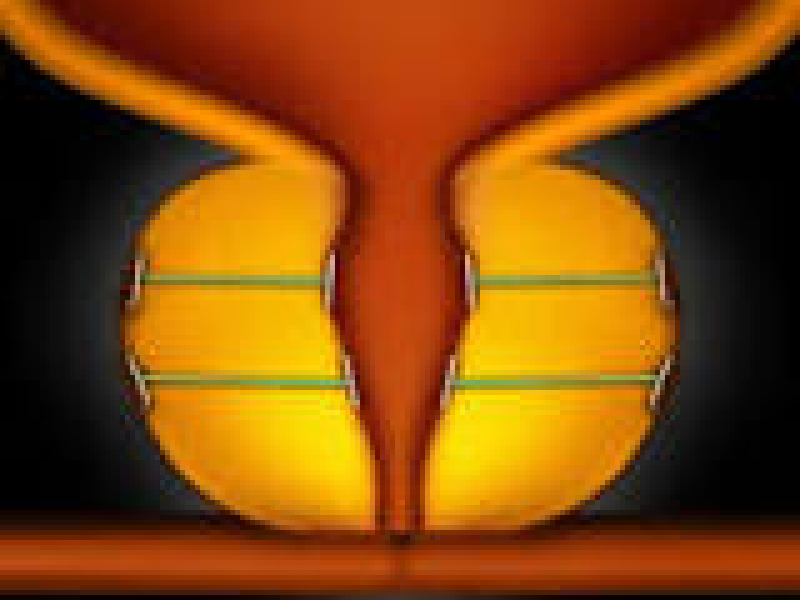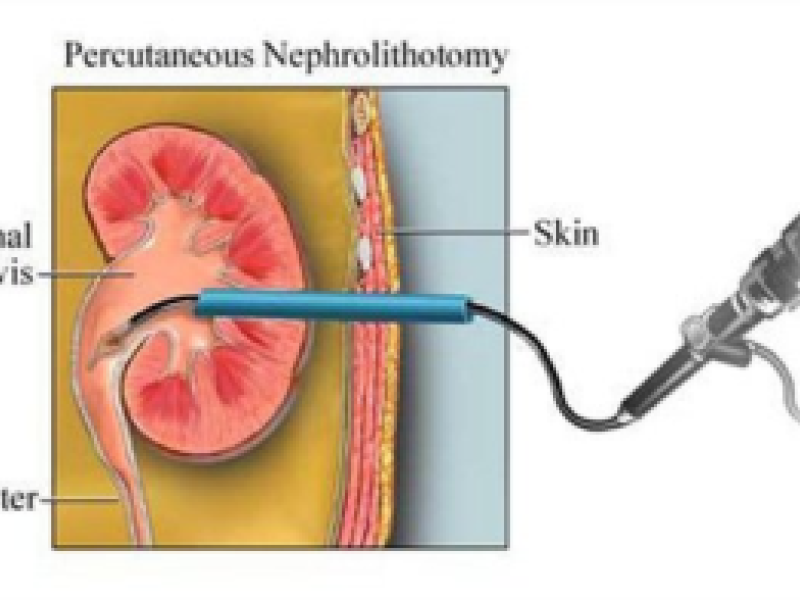
Surgical Procedures
Robotic Surgery
If you are in need of surgery, Hunterdon Urological Associates offers minimally invasive da Vinci® system robotic surgery for certain procedures. By translating hand movements into small, more precise movements of tiny instruments inside your body, the da Vinci® system allows surgeons to operate with enhanced vision, precision, dexterity, and 100% control.
- Kidney Surgery
- Robotic Partial and Total Nephrectomy
- Robotic Pyeloplasty
- Robotic Nephroureterectomy
- Robotic Pyelolithotomy
- Ureteral/ Bladder Surgery
- Robotic Ureteral reimplant/ureteroneocystostomy
- Robotic Ureteroureterostomy
- Prostate Surgery
- Robotic radical and simple prostatectomy
- Adrenal Surgery
- Robotic total adrenalectomy
- Pelvic Organ Prolapse Surgery
- Robotic sacrocolpopexy
For more information on robotic surgery at Hunterdon Medical Center, please visit Robotic Surgical Services.
da Vinci® Surgical System
The da Vinci® Surgical System is robotic surgery technology, which surgeons control from a console. Instead of a large abdominal incision used in open surgery, a surgeon using the da Vinci® Surgical System makes a few small incisions where the surgical instruments and a miniature camera are introduced into the body. A monitor on the console allows the surgeon to see highly magnified, three-dimensional images of the body as the surgeon directs the robotic arm movements to manipulate the camera and special instruments. Safety mechanisms are in place to ensure the robot only moves under the control of the surgeon.

The Urgent® PC Neuromodulation System provides percutaneous tibial nerve stimulation (PTNS) for overactive bladder and associated symptoms of urinary urgency, urinary frequency, and urinary urge incontinence.

The UroLift® System treatment is a revolutionary, minimally invasive approach to treating an enlarged prostate, or BPH, that lifts or holds the enlarged prostate tissue out of the way so it no longer blocks the urethra. There is no cutting, heating or removal of prostate tissue.

Macroplastique® is an injectable soft-tissue urethral bulking agent for treating adult female stress urinary incontinence primarily due to intrinsic sphincter deficiency. Macroplastique is injected into the tissues surrounding the urethra. The increased “bulk” allows the urethra to close more effectively and prevents urine from leaking.

Percutaneous nephrolithotomy (PCNL) is a minimally-invasive procedure to remove stones from the kidney by a small puncture wound (up to about 1 cm) through the skin. It is most suitable to remove stones of more than 2 cm in size and which are present near the pelvic region.
